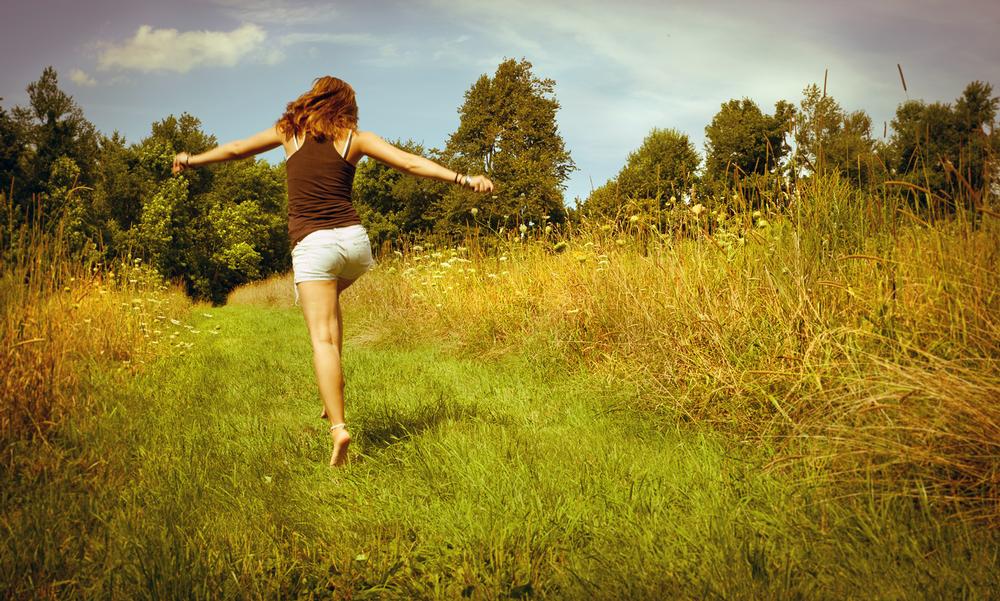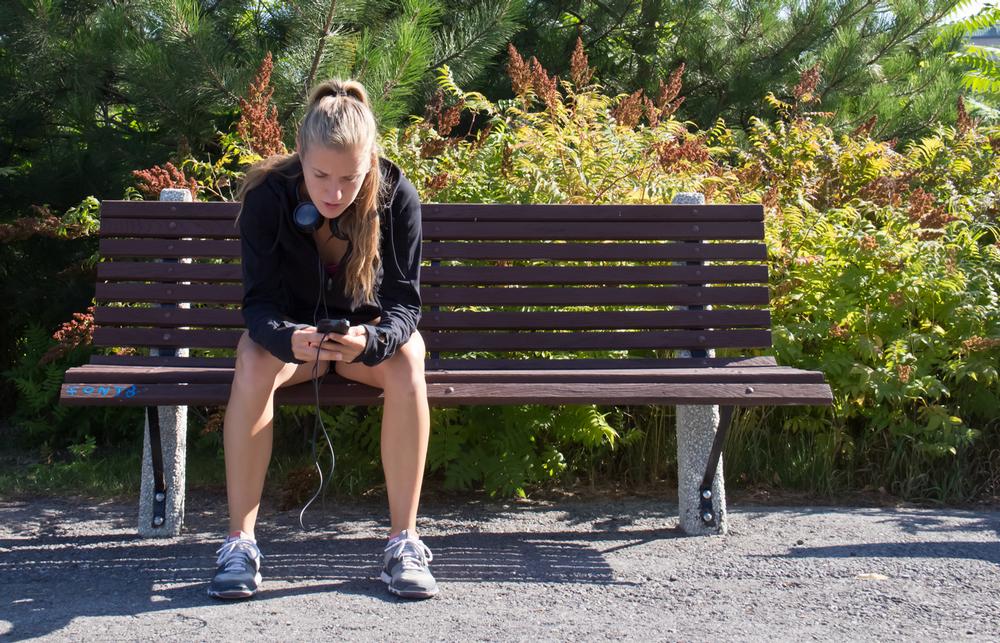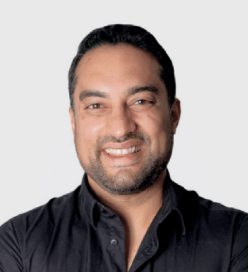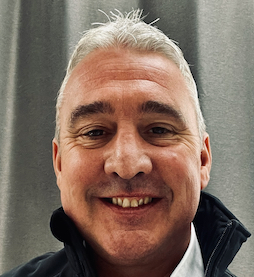The rise of boutique medicine
In 2014, more and more patients in the US will meet their healthcare needs through a model known as concierge or ‘boutique’ medicine. Eager to escape the stresses of dealing with insurance companies, a growing number of people are turning to concierge practices that offer patients the opportunity to pay an annual fee or retainer directly to their doctor rather than relying on insurers.
There are now over 4,400 concierge doctors in the US, with more than 1,000 practices opening in 2013. Over the last five years, the number has increased 500 per cent and the trend promises to accelerate thanks to a looming doctor shortage, an ageing population, and the advent of Obamacare, in which 30 million previously uninsured Americans will enter the healthcare system.
Good grounding
The practice of ‘Earthing’ or ‘Grounding’ – direct physical contact of the human body with the surface of the earth – is experiencing a renaissance, as a growing body of research shows it may have significant health benefits.
The key premise of the practice is that regularly connecting with the Earth – whether walking, running or even sleeping in direct contact – transmits a gentle flow of energy in the form of free electrons, allowing you to sleep better, feel better and, according to its proponents, experience less chronic illness.
It’s gaining attention from the medical and other health-related industries as a key component of overall wellness and healthy living. In their recent book, Earthing, authors Clinton Ober, Martin Zucker and Dr Stephen T Sinatra outline a number of controlled clinical studies that indicate different health benefits associated with the practice.
Thermography images of patients with a variety of ailments and injuries show reductions in inflammation after just half an hour of grounding, where other medications and therapies have had little impact. Another controlled study showed that subjects who slept grounded with conductive mattress pads had lower night-time cortisol levels and higher sleep quality.
Many health and wellness facilities are beginning to incorporate Earthing principles into the health solutions they offer, from barefoot hikes on sand or soil to treatments such as grounding massages.
Sweetness and light
As the battle against diabetes and obesity continues, the search for ‘better for you’ ingredients is intensifying. One of the most active areas of ingredient innovation is sweeteners – no surprise given that a 2013 study by the American Heart Association estimated that, around the world each year, 180,000 deaths are linked to consumption of sugary beverages alone.
‘Healthy’ choices are not easy to make here. Sweeteners like aspartame and saccharin continue to be scrutinised for their potential negative health impact, and so-called healthy natural sweeteners are falling out of favour – such as agave, high in fructose, which has been shown to disrupt liver function and promote obesity.
The hunt is on for the Holy Grail of sweeteners, and next year we are likely to see much more of one ingredient championed as just that: monk fruit extract.
A small, sweet melon native to China and south-east Asia, monk fruit isn’t sweet due to natural sugars. Instead, it contains a unique type of antioxidant called mogroside that provides a level of sweetness upwards of 200 to 500 times greater than table sugar.
This extract could potentially do more than simply sweeten: researchers are looking into high doses of mogrosides in the treatment of cancer and diabetes, with one study showing that mogrosides improved fasting blood sugar levels in addition to increasing ‘good’ HDL cholesterol.
Time to get laughing
Laughter has been recognised as ‘the best medicine’ for years, but we’re likely to see more examples of laughter as a recognised form of wellness therapy going forward.
In the UK, The Laughter Network – made up of trained laughter yoga teachers, social workers and mental health professionals – has seen its membership triple since its launch nine years ago. It runs ‘laughter gym’ sessions and workshops in Brighton and London, catering to a wide range of clients including corporates who are eager to see the benefits in their employees.
A growing body of evidence is quantifying laughter’s health and wellness benefits. Research by the University of Arizona, US, has suggested that laughter yoga – an Indian traditional practice that combines breathing techniques and laughter – could improve mood and stabilise heart rates in patients awaiting organ transplants.
Another study by Oxford University in the UK found that a deep belly laugh shared with others can increase an individual’s pain threshold by releasing protective endorphins.
Google turns back the clock
Expect to see multi-nationals from unexpected industries taking the plunge into the world of health in 2014.
Google has announced an ambitious venture targeted at unlocking fundamental questions around ageing and longevity. Beginning in 2014, this will be Google’s second move into public health, with high hopes that it will be more successful than the ill-fated personal health record called Google Health, dissolved in 2012 for failing to resonate with consumers.
The bio-tech venture, called Calico, will be headed by former Genentech CEO Art Levinson, and in the coming years will operate as more of a research institute than a pharmaceutical company. Calico will provide funding for research aimed at identifying and understanding the biological mechanisms behind ageing. The company may also hire its own team of researchers to work on solutions to prevent the development of certain diseases.
Larry Page, Google CEO, appears to have significant ambitions around the role that Google could play in improving social health outcomes on a grand scale. He points to ageing as an area more significant for research than say, cancer, though he recognises it may be decades before real breakthroughs are made.
Although perhaps not on this scale, we can expect to see more companies and brands bridging the gap between consumers/patients and healthcare professionals, and more emphasis on the role ‘Big Data’ could play in unlocking society’s biggest health issues.
No gym required
The idea of sweating in front of strangers – or even more terrifying, colleagues – could become less of a trauma in 2014 as more people turn to technology to keep them fit outside of the gym.
In the UK, a growing number of consumers are signing up to so-called ‘transatlantic workouts’, filmed in Los Angeles or New York and accessed online – via US websites like yogisanonymous.com and emglivefitness.com – for a monthly fee.
Meanwhile, instructorlive.com offers 40 different classes – via archive or live – where participants can ask the instructor questions throughout the class. According to the site’s founder Luke Walker, only 12 per cent of their 5,000 users are men, but the majority of these log in for yoga classes: “There has been a stigma that yoga is a feminine activity, but that’s changing. A lot of guys want a bit of confidence before they step into a class with other people, and use us as a stepping-stone.”
Social apps that help you exercise
While fitness trackers might have been all the rage in 2013, 2014 is likely to see people slowly falling out of love with their Fuelbands and Fitbits. A recent survey showed that, of those who already owned a smartwatch or fitness band, more than 40 per cent had stopped using it because they often forgot to put it on or had become bored with the idea.
Fitness trackers might work well for people who see data as its own reward, but it seems using a fitness tracker in isolation isn’t enough motivation for everyone. What a lot of people need is the return of a human element to their solitary workouts or jogs, and this is a space which the social fitness app can occupy.
One example is fitocracy (www.fitocracy.com) which, by connecting to social media, turns exercise into a fun, competitive game with friends. The app has over a million users who, on average, are in the app for more than five hours a month, making them more engaged than users of any other social network except Facebook.
These kinds of apps both compete with and complement fitness tracking tools, and are likely to boom as people continue to search for motivation to exercise.
New superfood on the block
The moringa plant is the newest (and arguably most multi-tasking) superfood to emerge, and looks set to take off in 2014. The leaves of this plant, which is native to South Asia, have astounding nutritious qualities: gram per gram, moringa contains twice the protein of yoghurt, four times the vitamin A of carrots, three times the potassium of bananas, four times the calcium of milk and seven times the vitamin C of oranges. This might explain why ancient warriors used the leaf extract to get them ready for battle, and why the Egyptian pharaohs were buried with it to sustain them in the afterlife.
Apart from its superior nutritional benefits, what sets moringa apart from other superfoods such as spirulina and wheatgrass is the fact that it can also be applied directly to the skin in the form of powder or oil. It acts as an antibacterial, treating a range of conditions such as abscesses, dandruff and athlete’s foot. It may also fight the signs of ageing, as it contains a chemical substance called zeatin that promotes new cell growth, reducing wrinkling and promoting a brighter complexion.
Check in to the wellness hotel
The concept of the ‘wellness hotel’ will come into its own in 2014, with new concepts designed to cater for guests’ broad spectrum of wellbeing needs.
The International Hotels Group will launch its wellness brand, EVEN, in New York in 2014, with plans to open another 100 new hotels over the coming five years. The concept is based on healthy living: diet and nutrition, exercise, rest and recuperation, and productivity.
Hotel chains are increasingly trying to deliver personalised wellness experiences for their guests. For some, this will mean expanding existing facilities, or making it easier for guests to continue their fitness regimes during their stay: The Westin Hotels & Resorts has recently launched a Gear Lending Program, offering New Balance footwear and clothes on loan for guests wanting to keep fit. Expect to see more initiatives like this in 2014, and more hotel brands embracing the health and wellness concept holistically, from design to fixtures and facilities.


























































